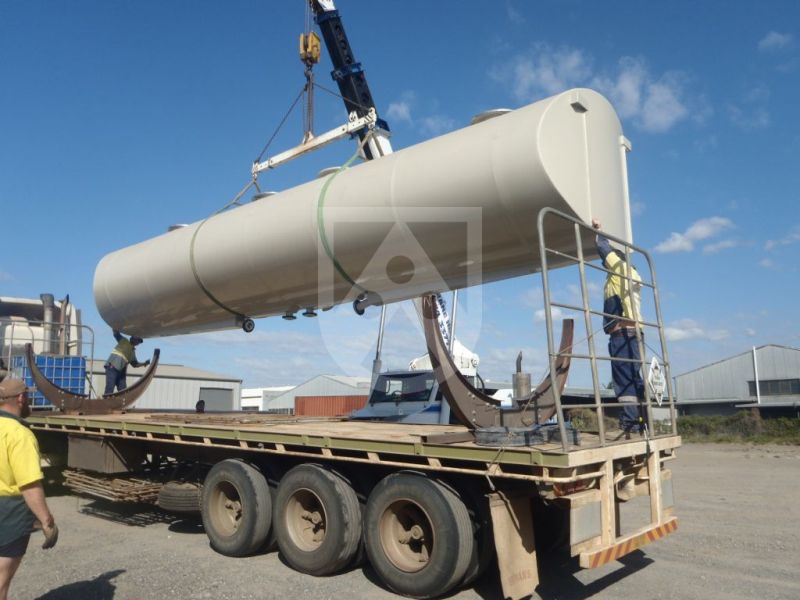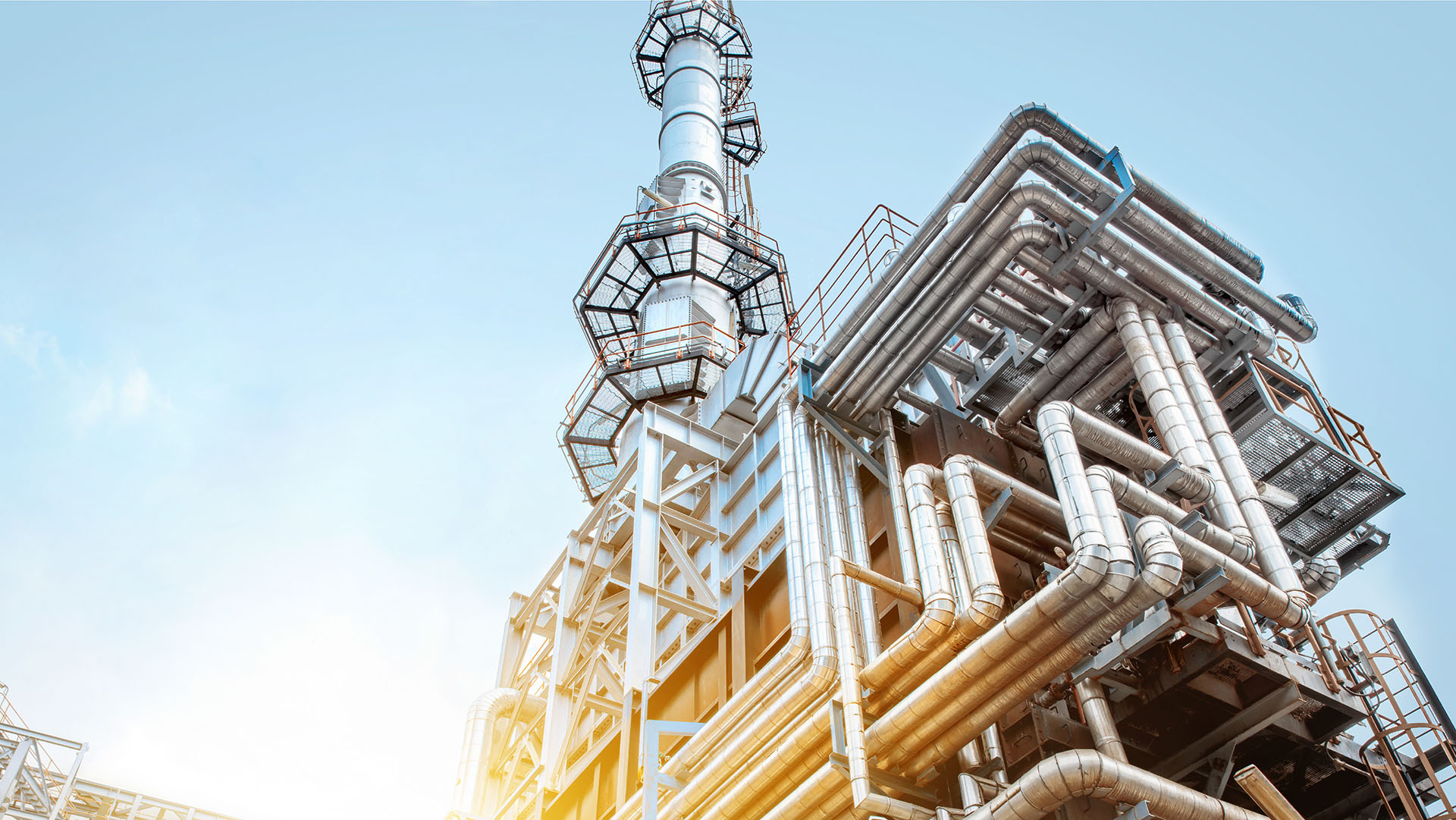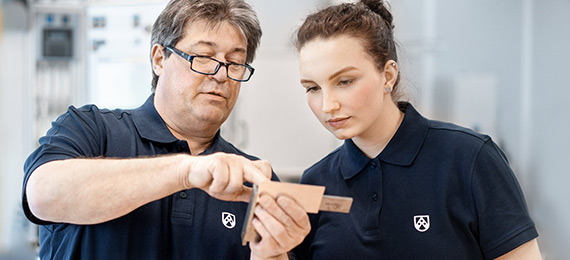For Valued Livestock
Feeder wagons made of Polystone® P
Imagine yourself as a sheep on a field in Australia. You are grazing on the parched grass in the blistering heat of the outback. Your meal is not particularly tasty or nutritious: Trace elements, fiber, and proteins are hardly present in the grass during the dry season. Then a feeder wagon rolls up and brings you tasty and nutritious fodder. Baaaahhhh!!!!

Water holes dry up and the grass in the fields turns brown: The dry season between May and September in Australia makes it more difficult to feed livestock like sheep, cattle, and horses. Moreover, cows that have just calved and their calves themselves need additional nutrients for good development. In order to compensate for a lack of trace elements and proteins, the farmers mix cattle feed supplements with the silo fodder and hay.
For some time, an Australian feed producer has been using feeder wagons with tanks that are manufactured using a 12-millimeter-thick, co-extruded sheet made from Polystone® P copolymer natur and Polystone® P copolymer grey for the feed supplements. The 3-millimeter-thick copolymer natural used for the interior of the tank is suitable for direct contact with foodstuffs. It also meets the standards of both the U.S. Food and Drug Administration and the European Union. For the outside of the container, a 9-millimeter-thick, special UV-stabilized copolymer grey is used.
Use in Harsh Conditions
The harsh conditions during use posed particular challenges for selecting the right material. The headquarters of the Röchling customer is in warm North Queensland. There, the thermometer does not drop below 15 degrees Celsius even in winter. An additive ensures that the Polystone® P copolymer grey has special UV resistance. As a result, the material can withstand the often intense sunshine as well as the extra exposure resulting from the hole in the ozone layer. However, the tank will also be used in Tasmania, the island south of Australia. There, temperatures can drop below freezing. This is why a copolymer is used. Its long-term operating temperature ranges from minus 30 to plus 100 degrees Celsius, whereas a homopolymer only has a range from zero to plus 100 degrees Celsius.
Advantages over Specialty Steel
In contrast to specialty steel, which is normally used for constructing tanks, the Röchling materials are less expensive, lighter, simpler to process, and, if necessary, even easier to repair.





